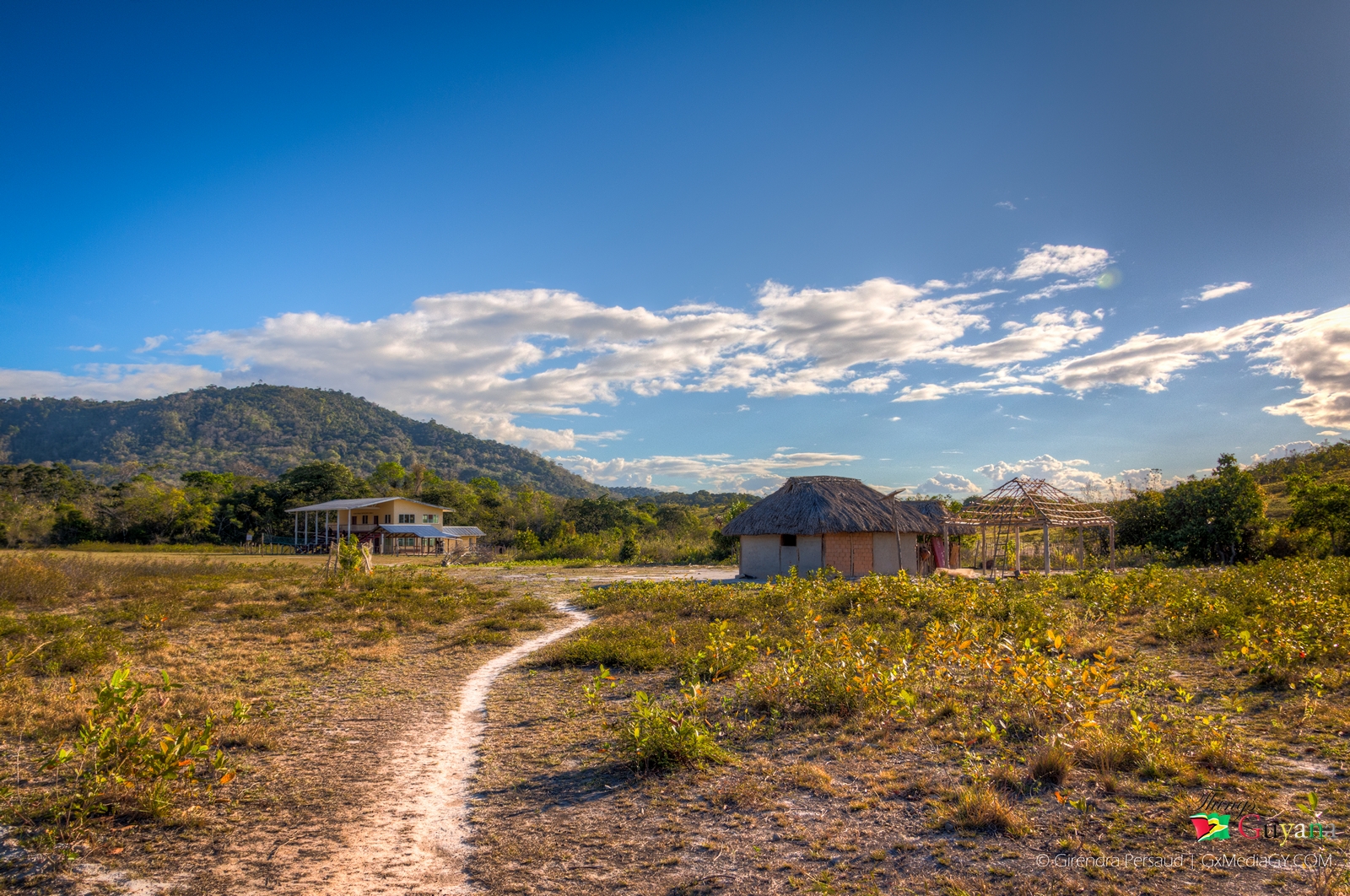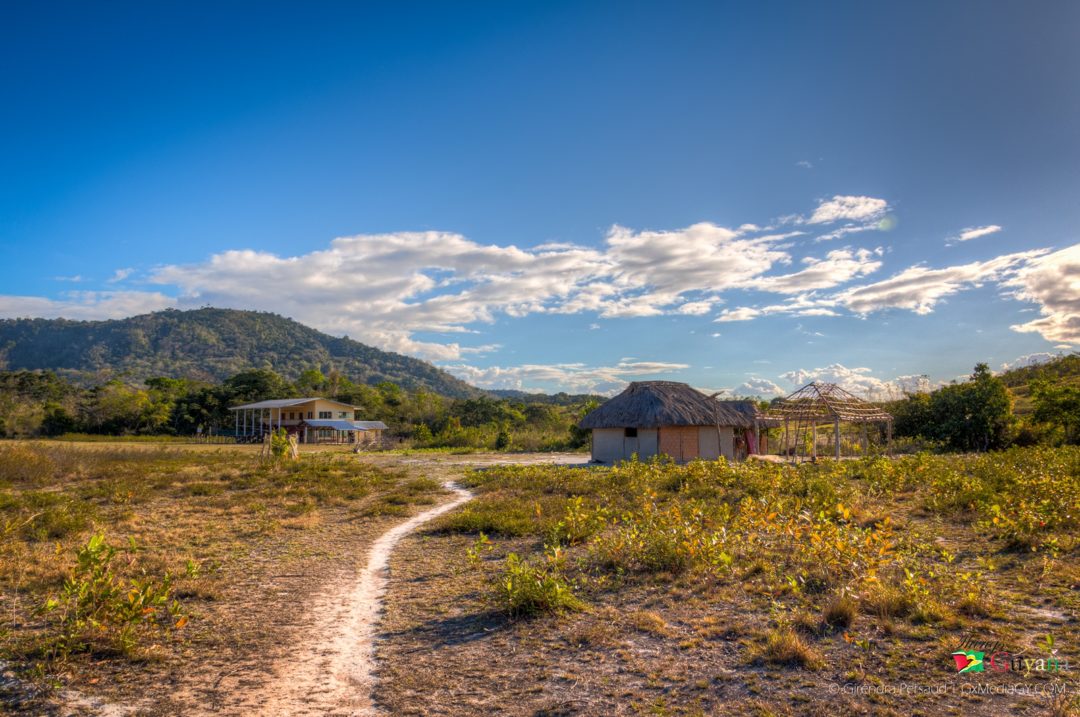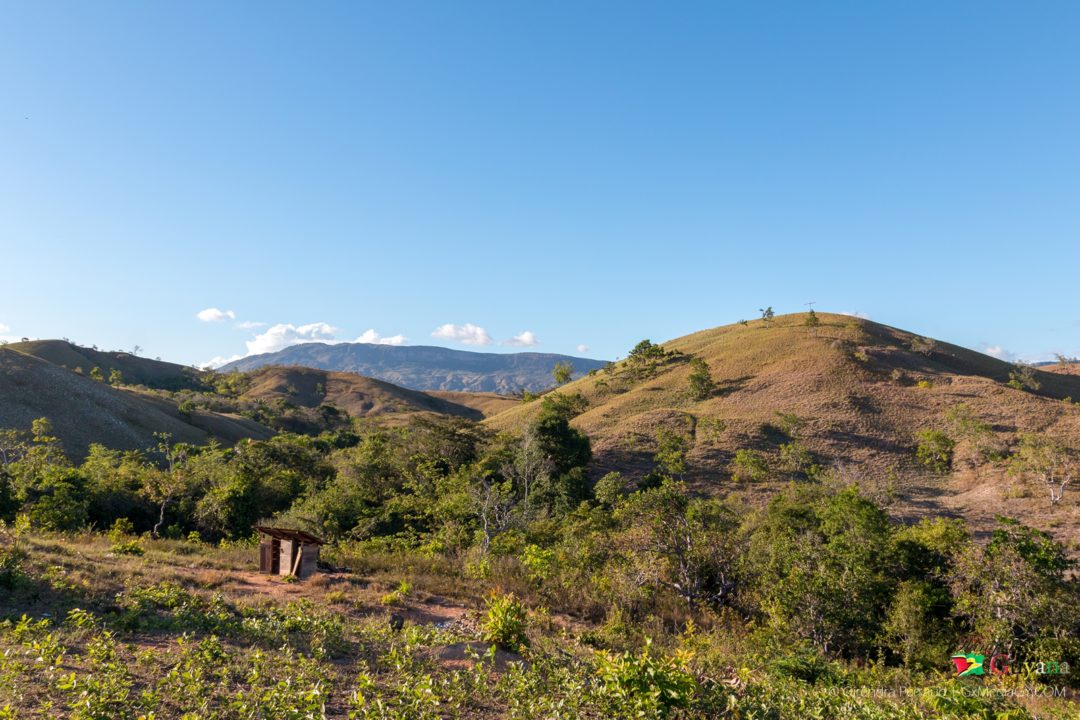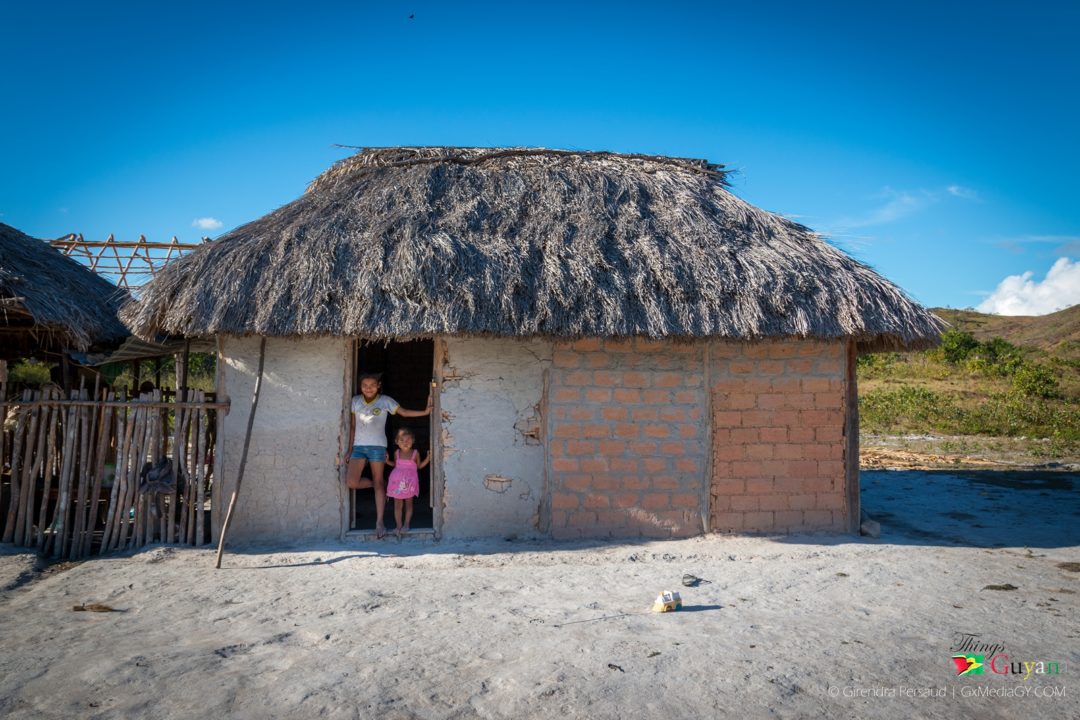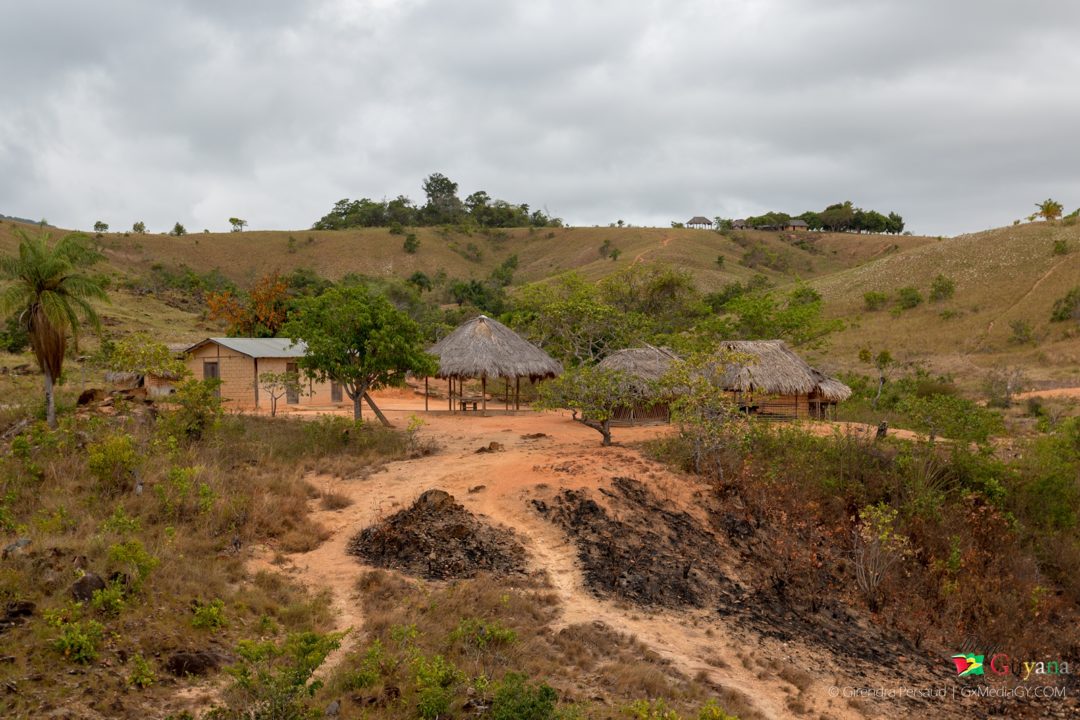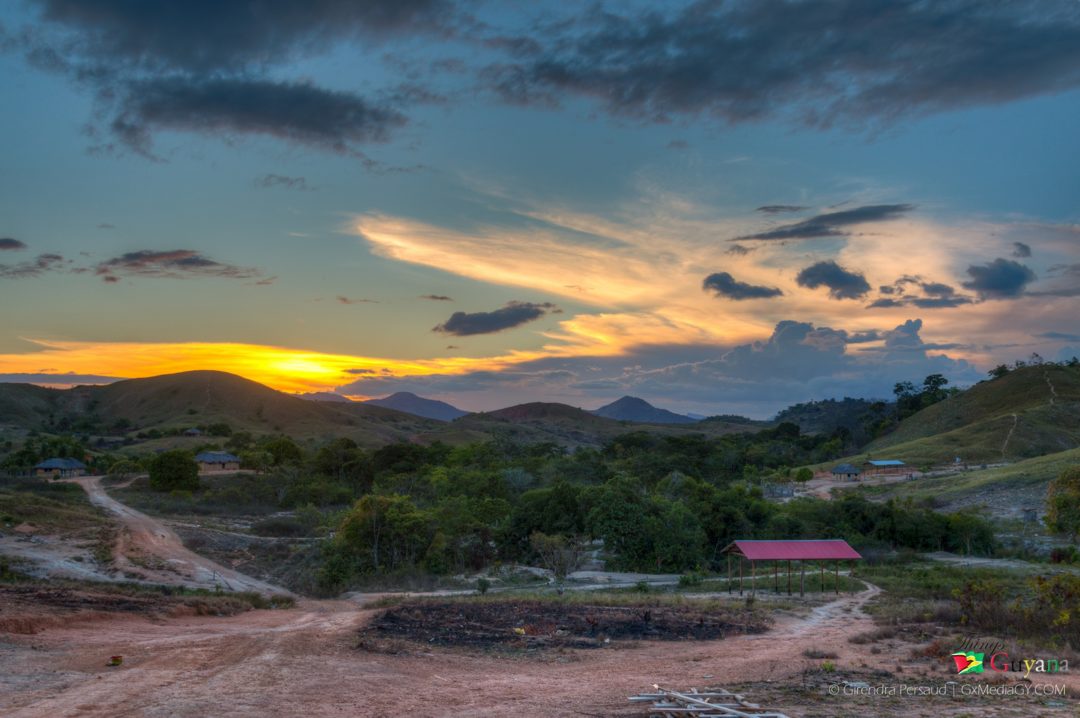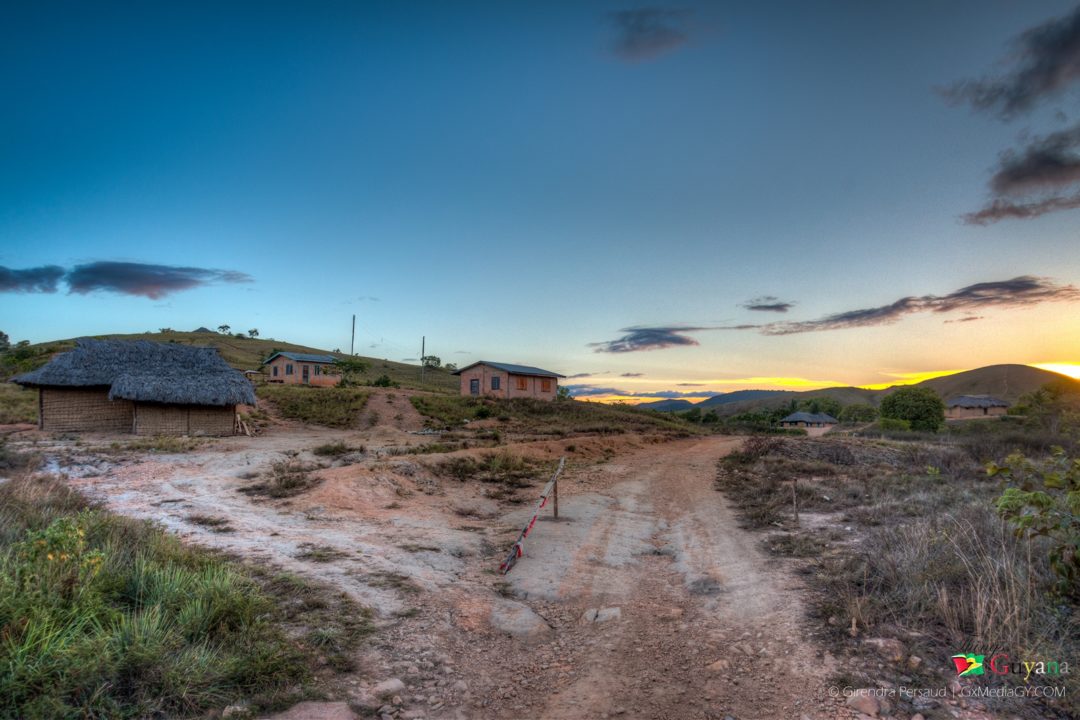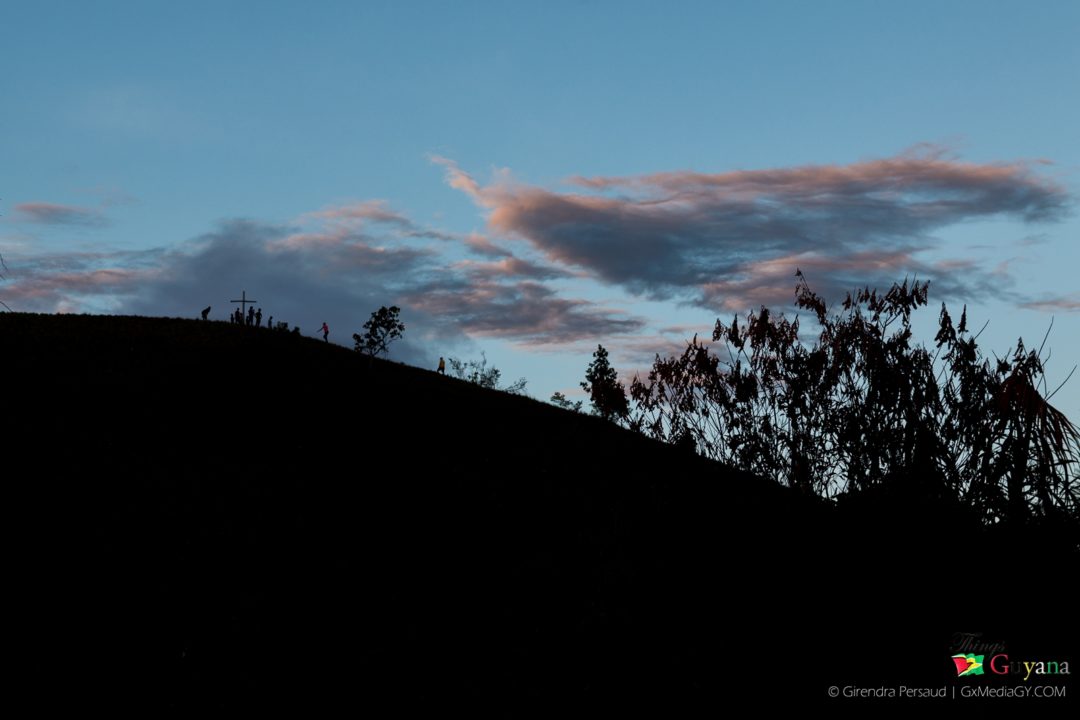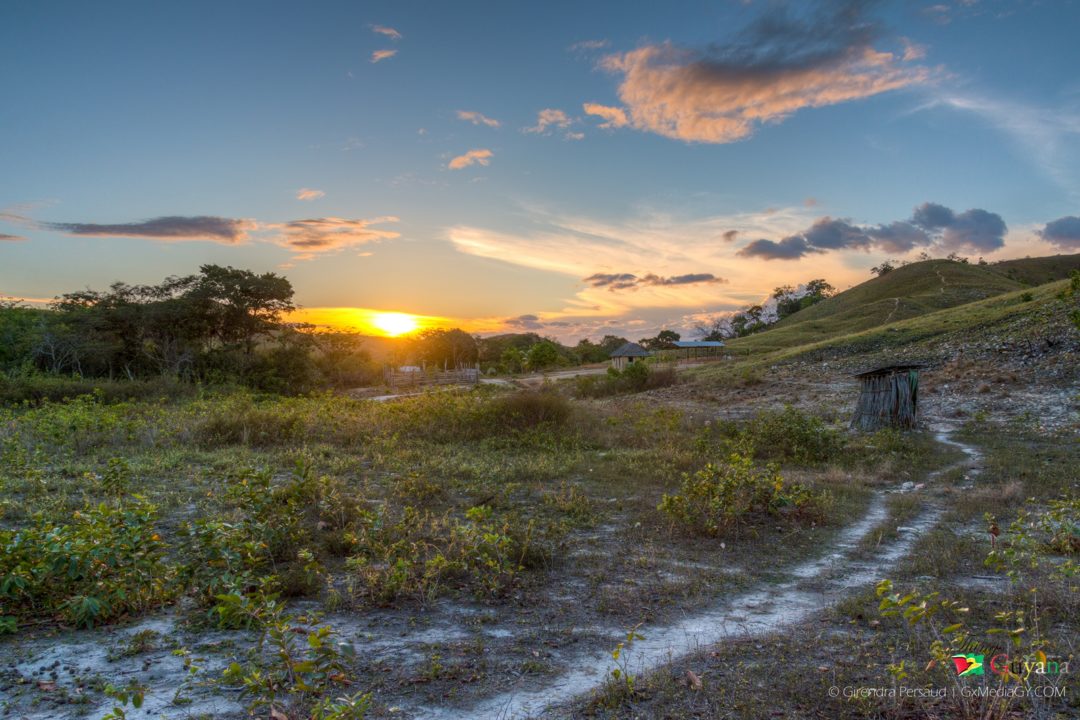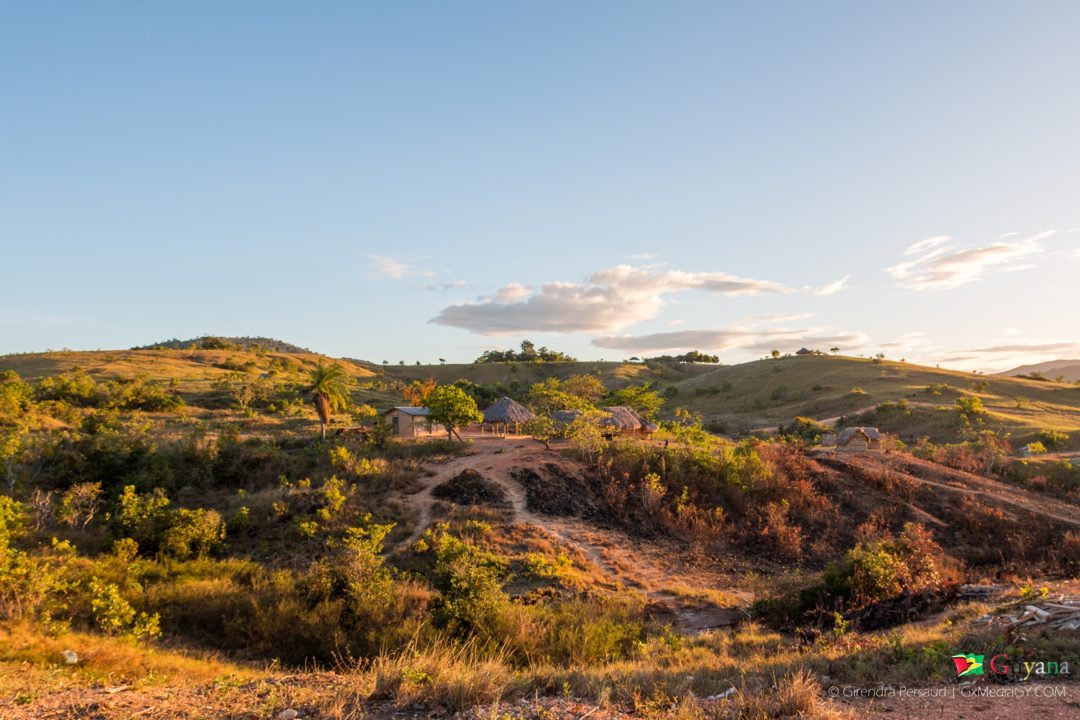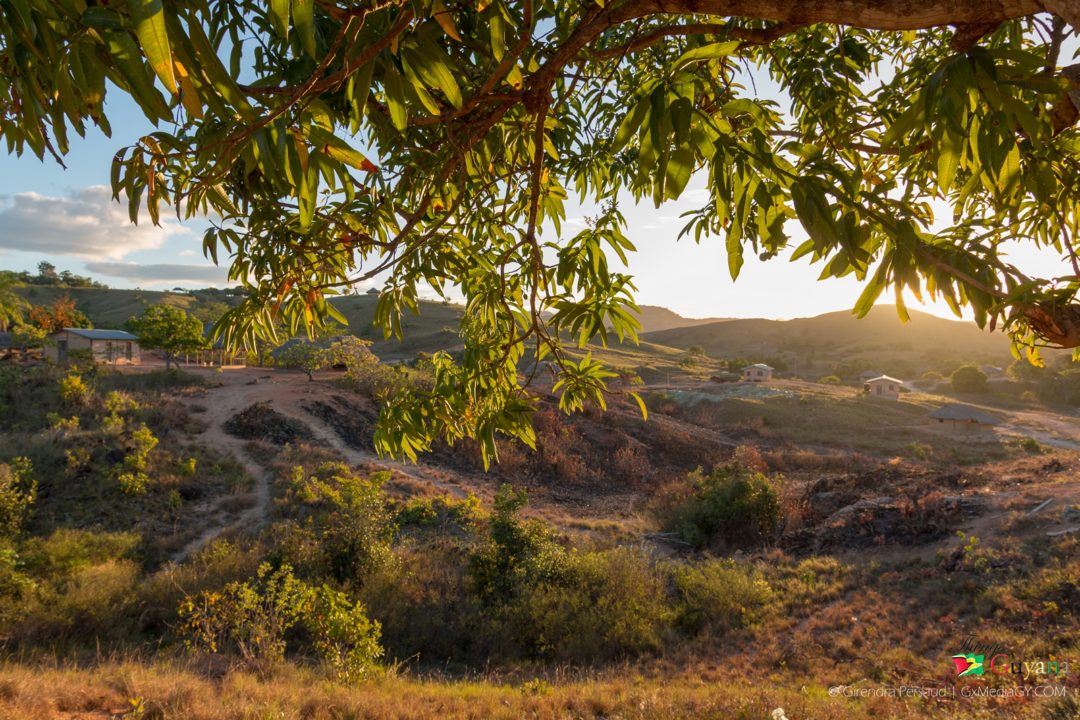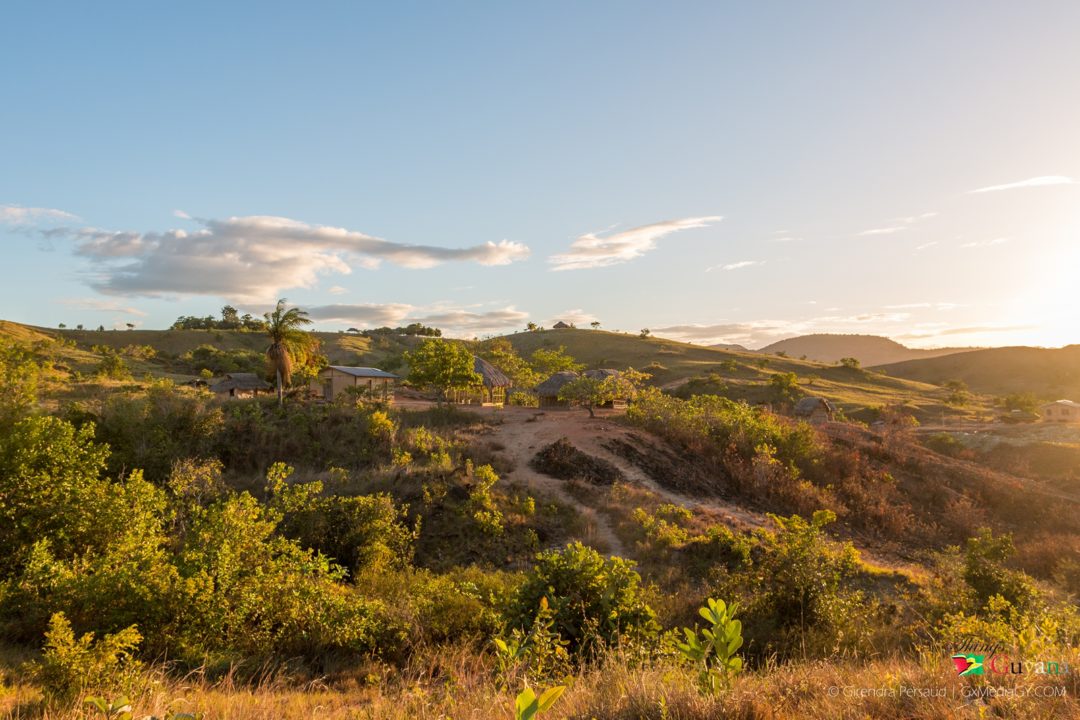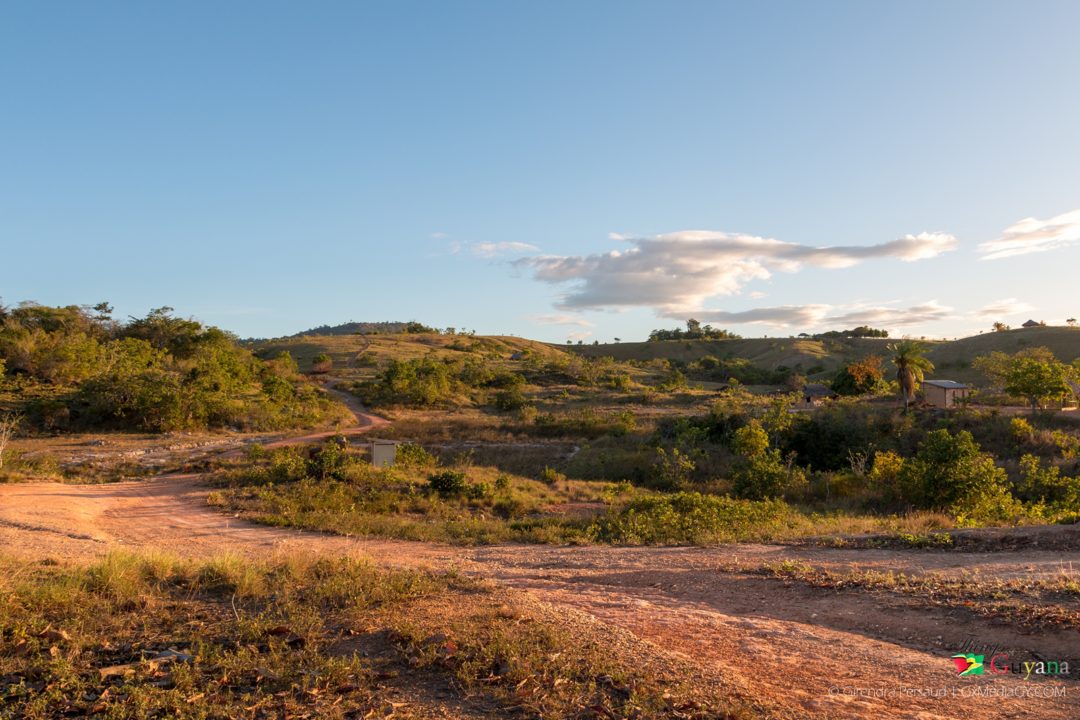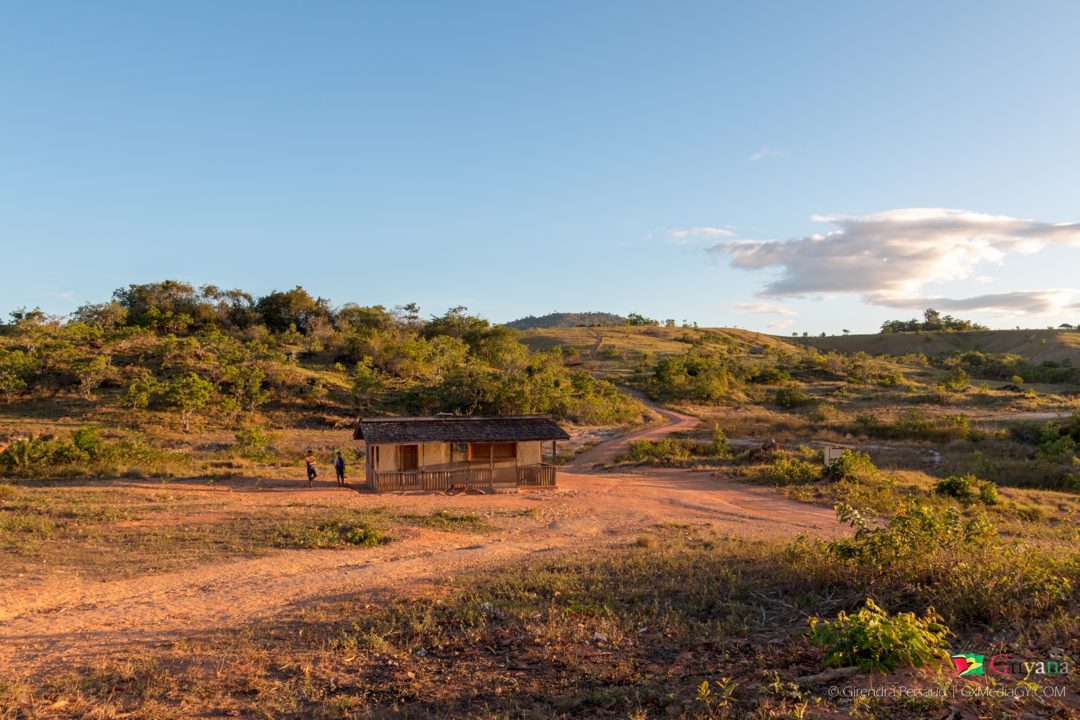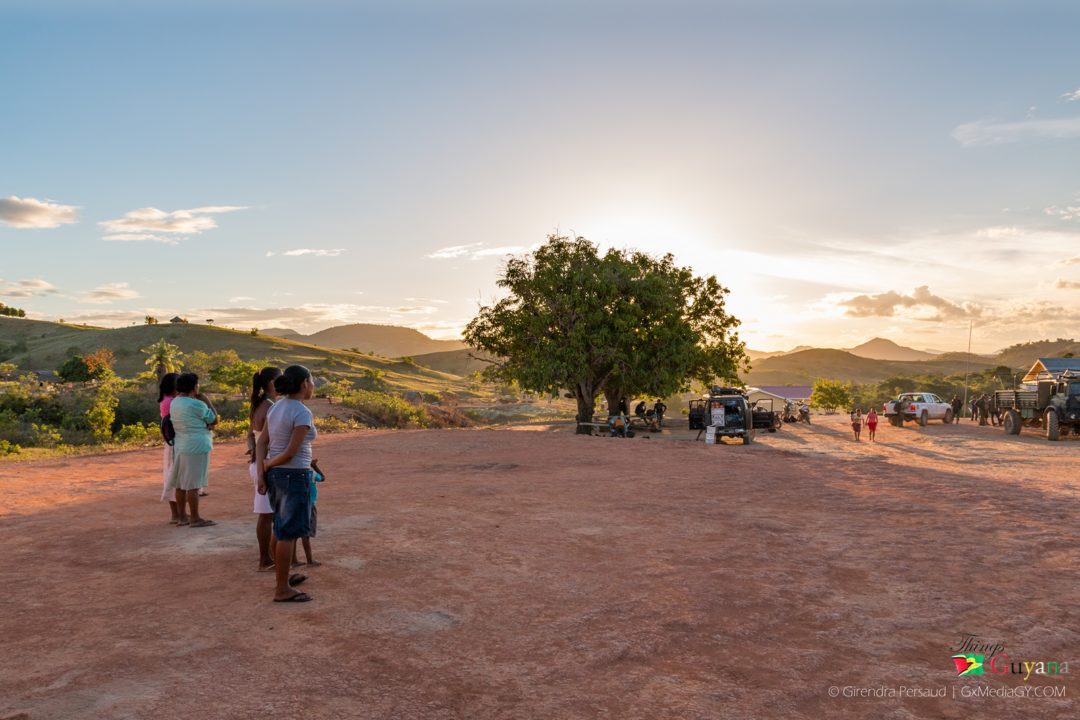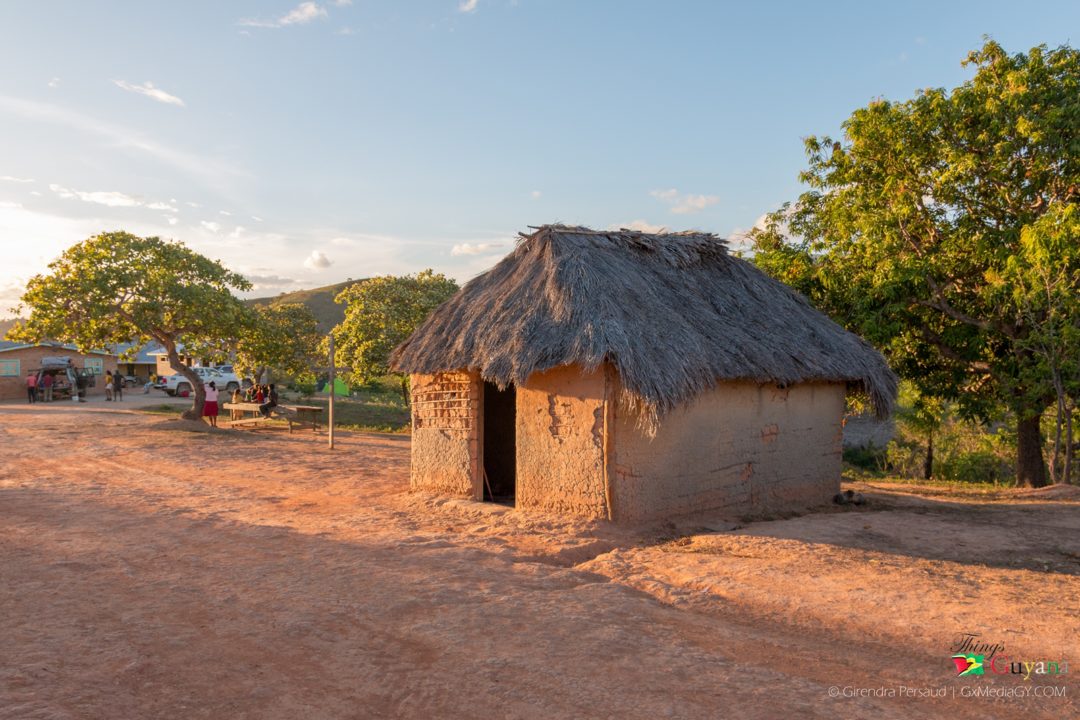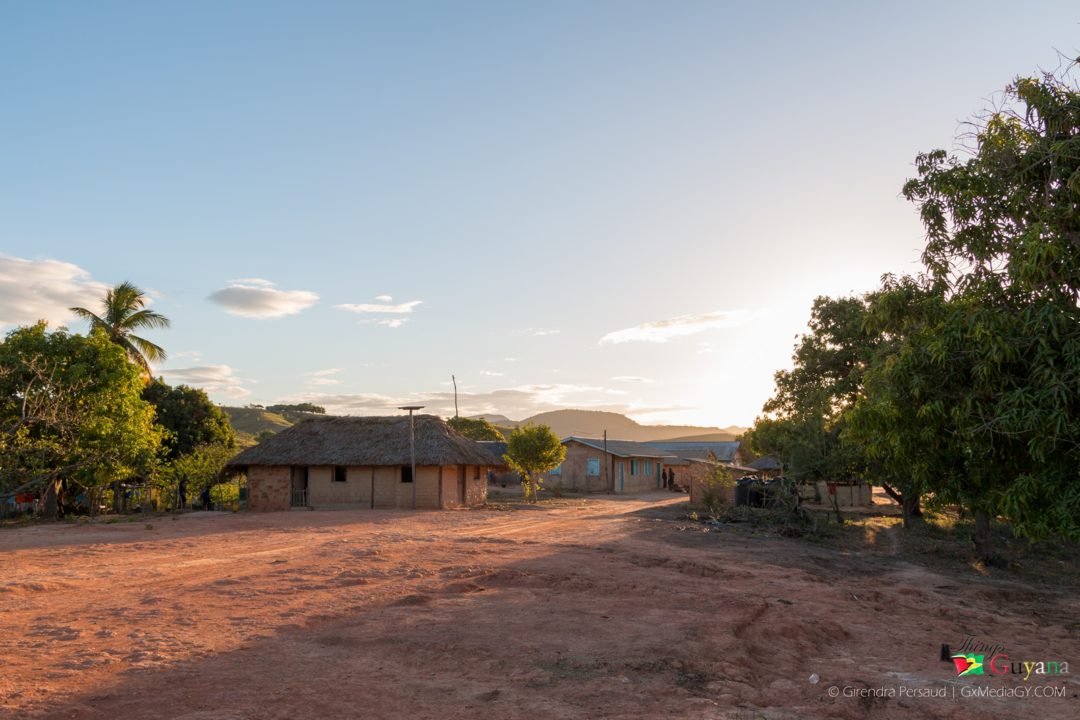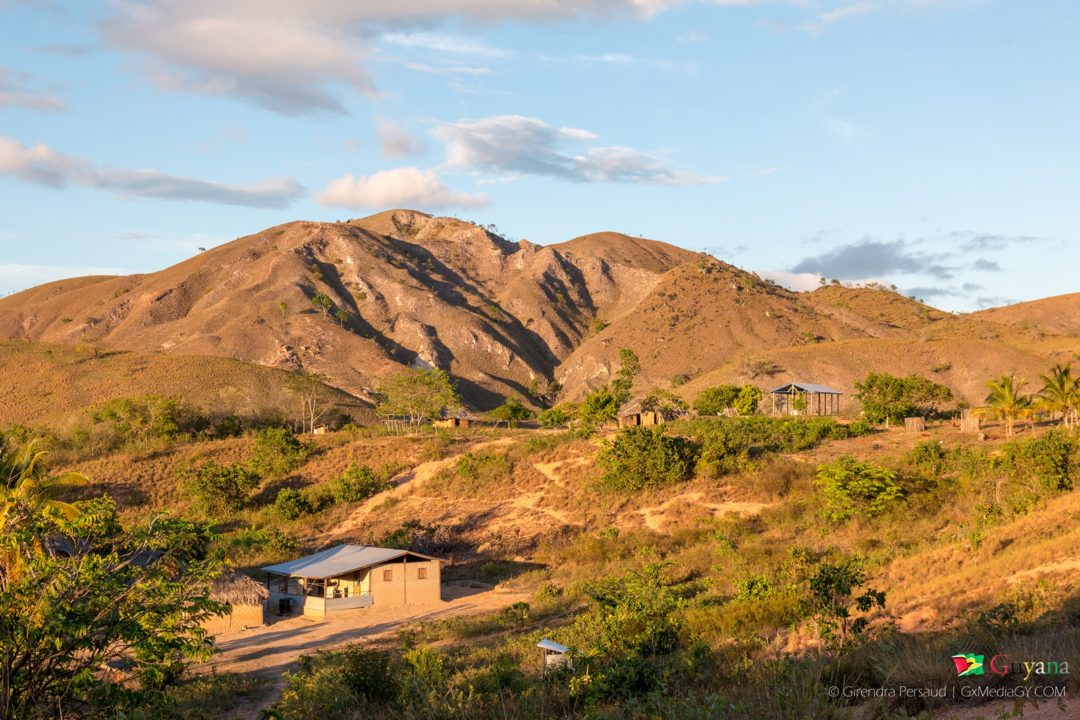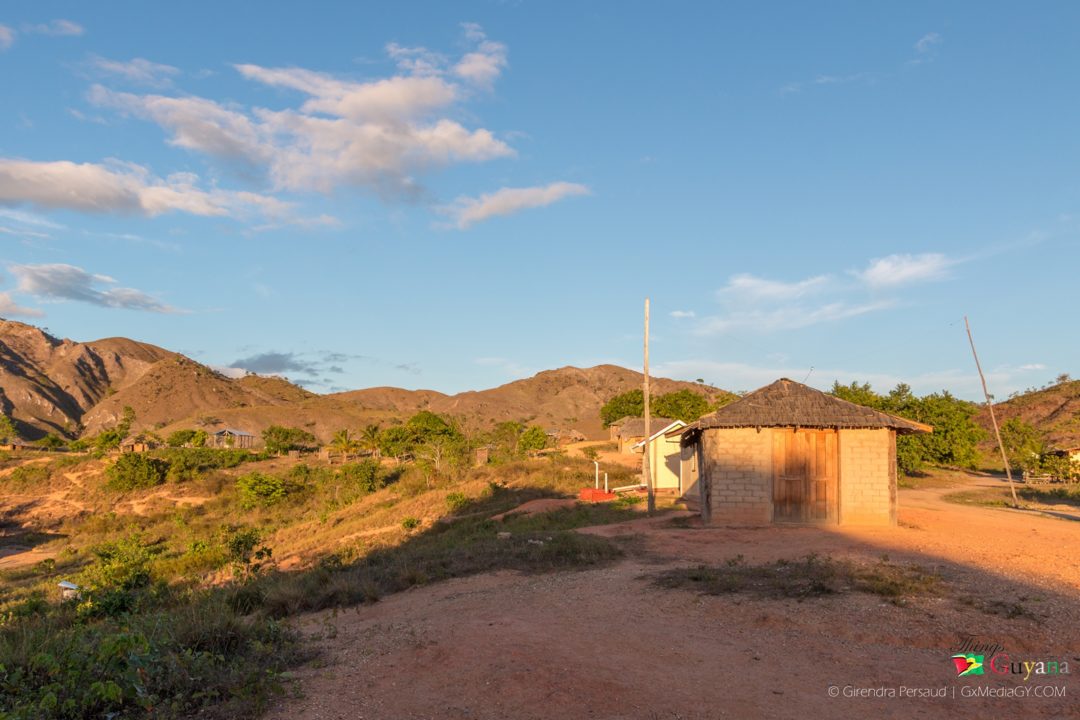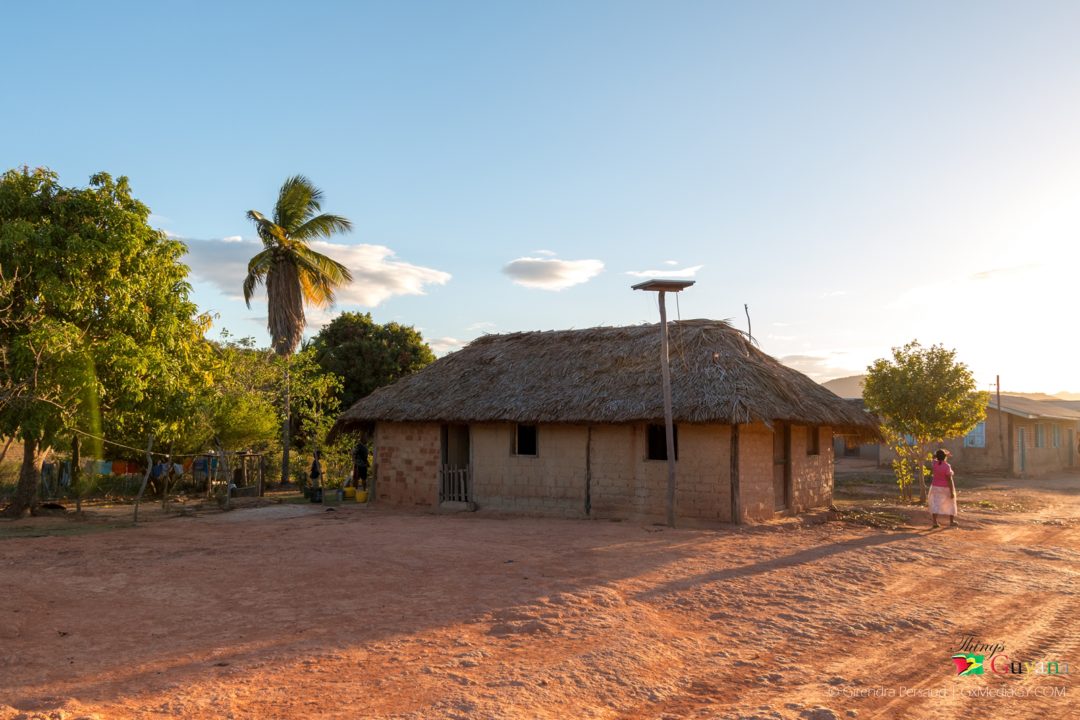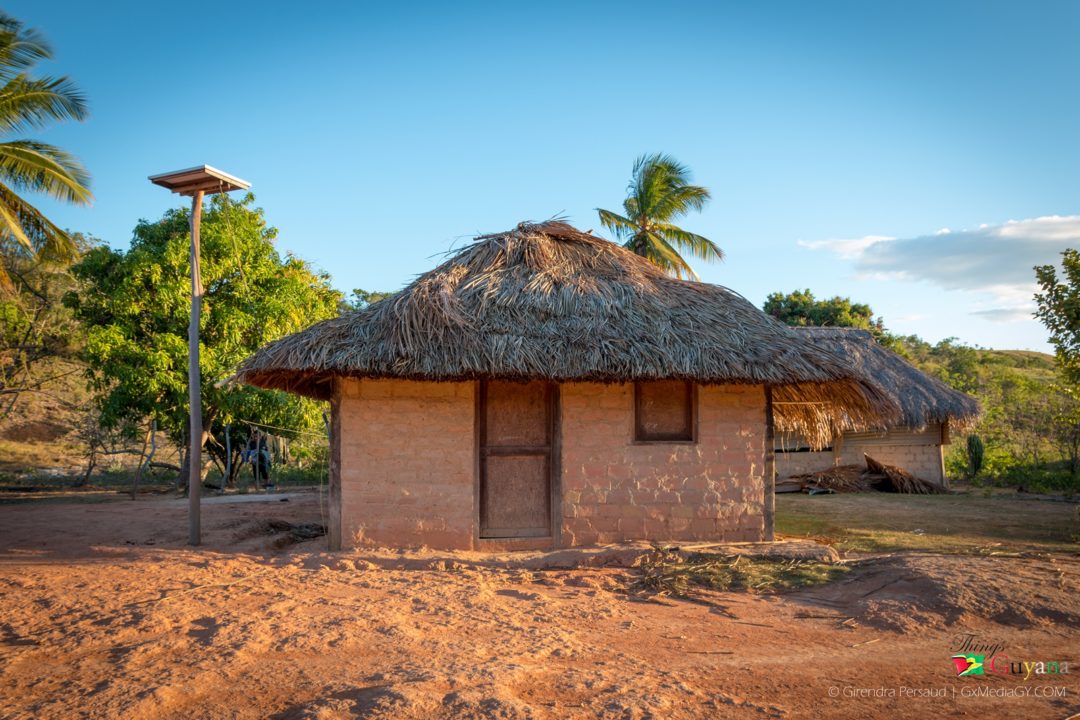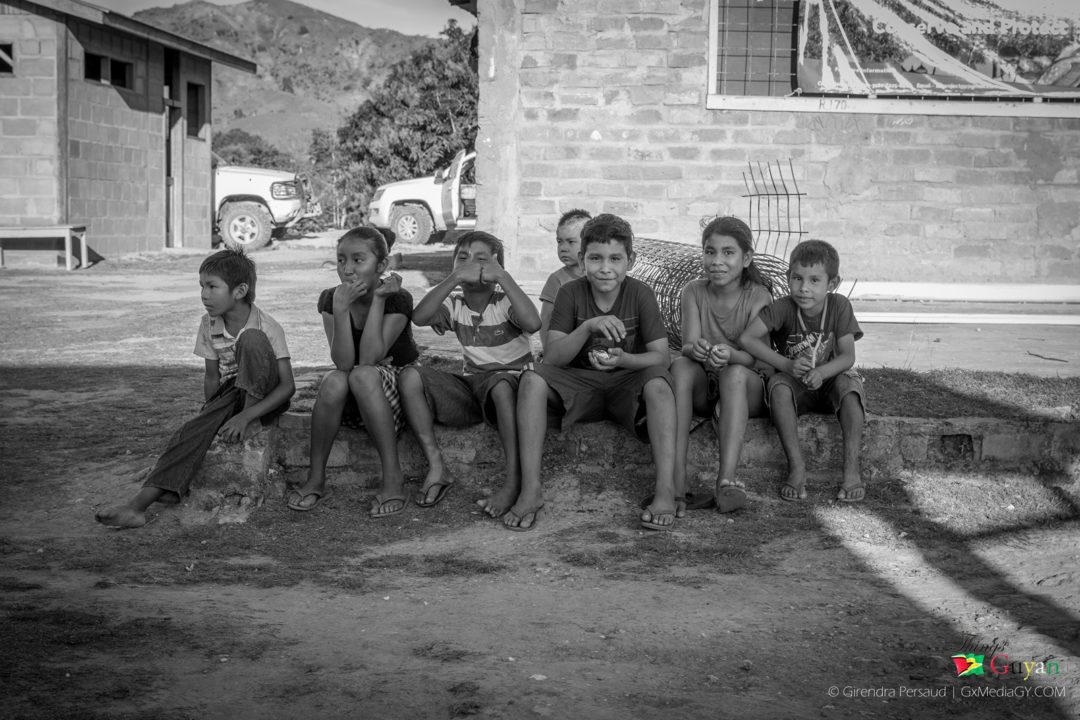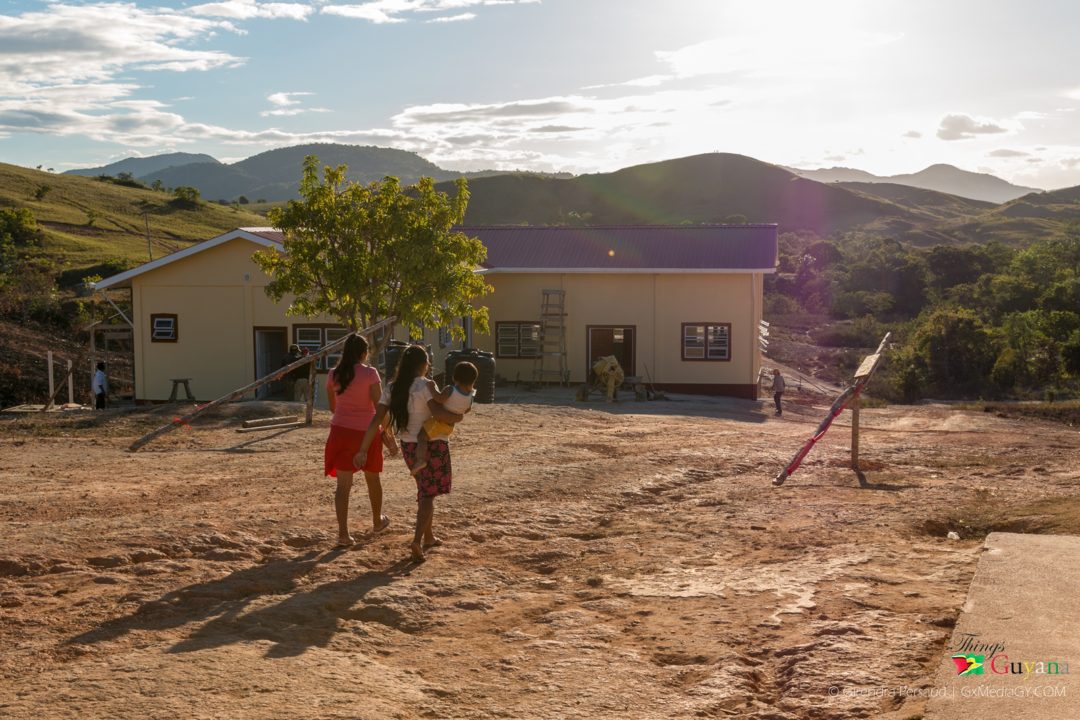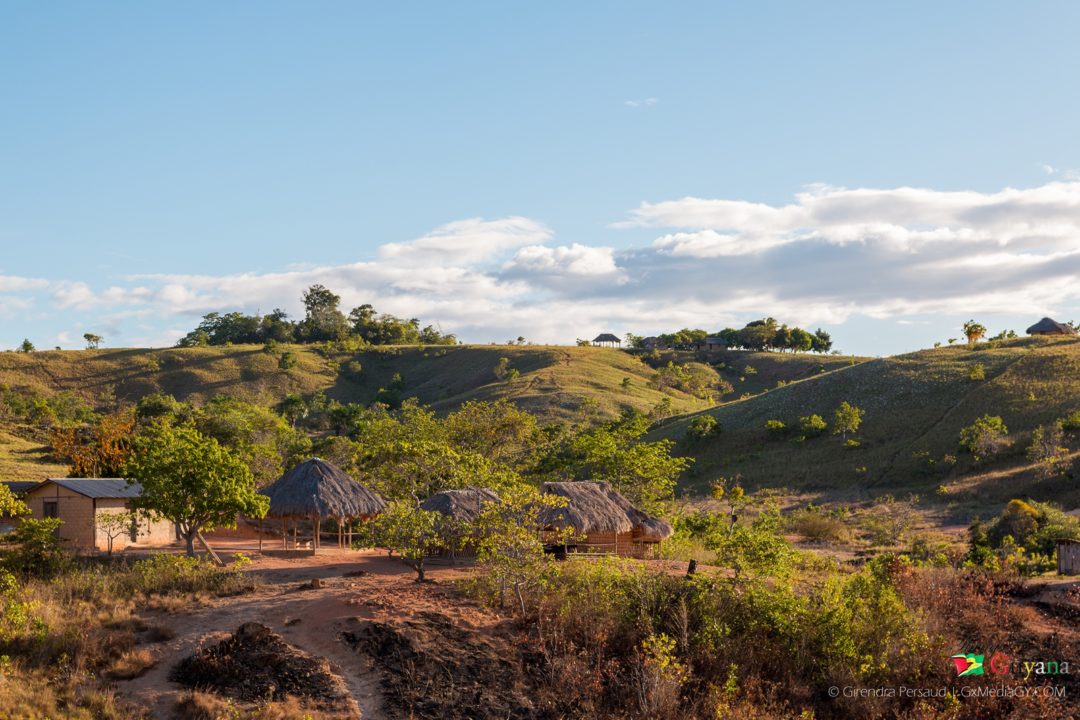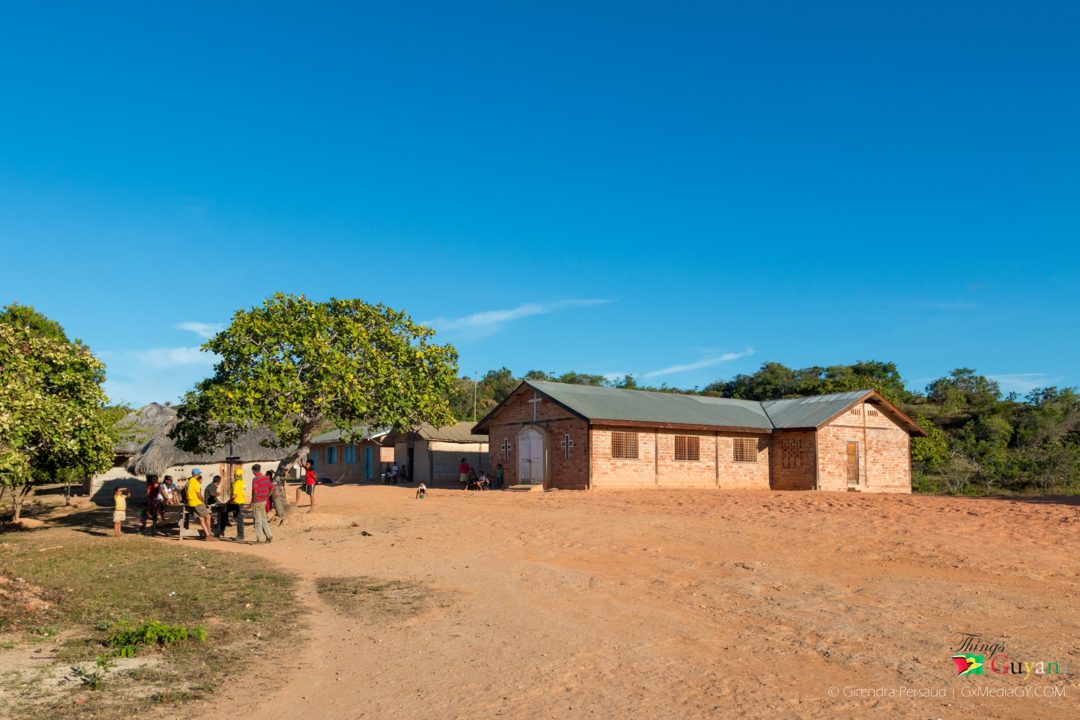General Information
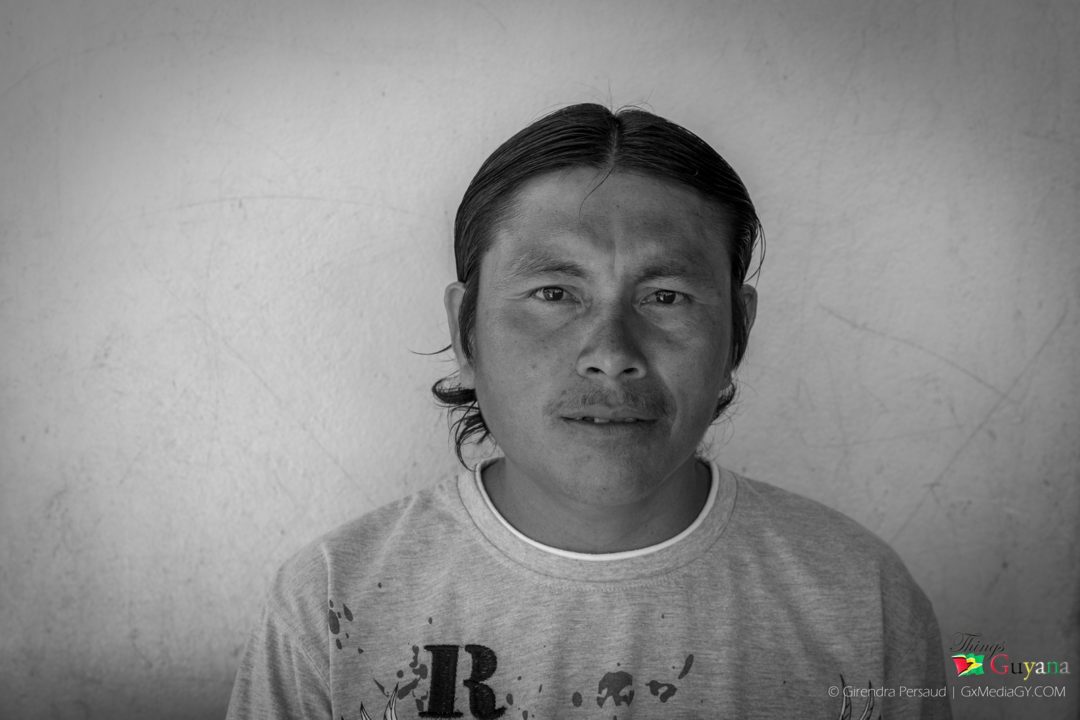
Mr. Francis
Yurong Paru is a small community in the South Pakaraimas in Upper Takatu/Upper Essequibo (Region Nine). This community is accessible by air and land via a trail from Karasabai. It has a population of approximately 375 strong with about 45 households. The Toshao, Mr. Rovain Francis along with 8 councilors manages the affairs of the village.
The first language of the village is Makushi and the second language is English. The major religious practice is Christianity.
Infrastructure
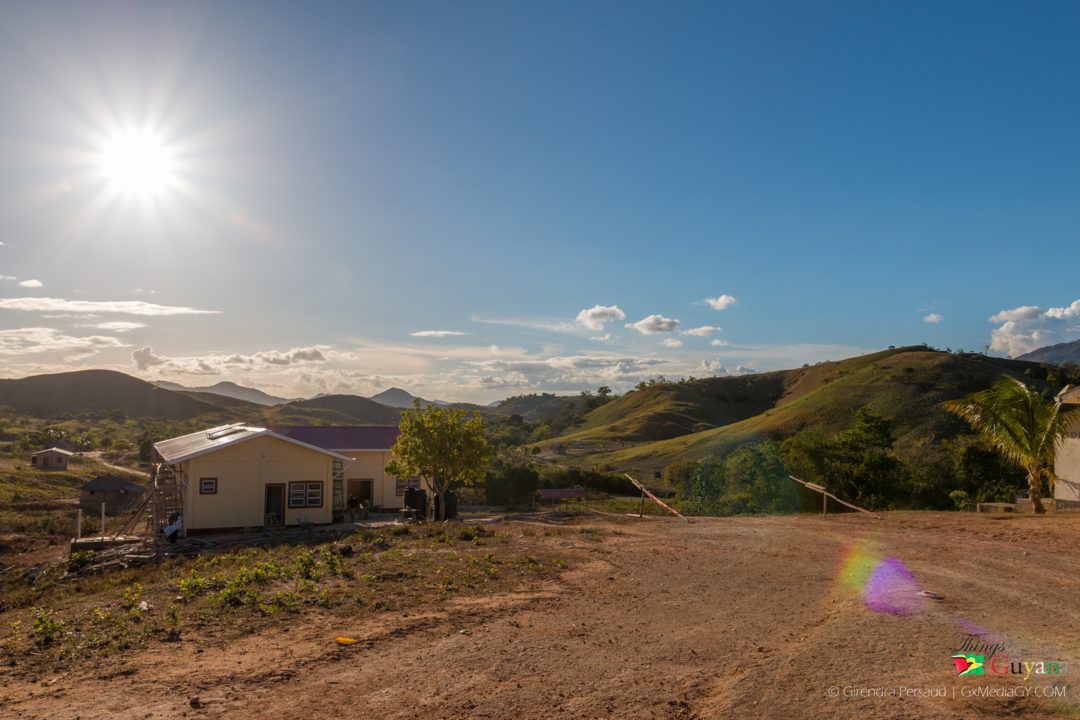
The New Nursery School
The village has had some development in terms of infrastructure over the years. The village has a new Nursery School (the building was completed in April 2018) and a Primary School. There is also a Community Shop, a Village Office, a Church and a Multipurpose Building.
The village received a newly rehabilitated water treatment system in March of 2018 through a joint venture project between Guyana Water Inc. and Pan American Health Organisation/ World Health Organisation (PAHO/ WHO).
The village has a health post with one community health worker. The main source of electricity in the area is from solar energy. Communication is limited to a two-way radio system to other nearby villages including Lethem and Karasabai.
How to get to Yurong Paru
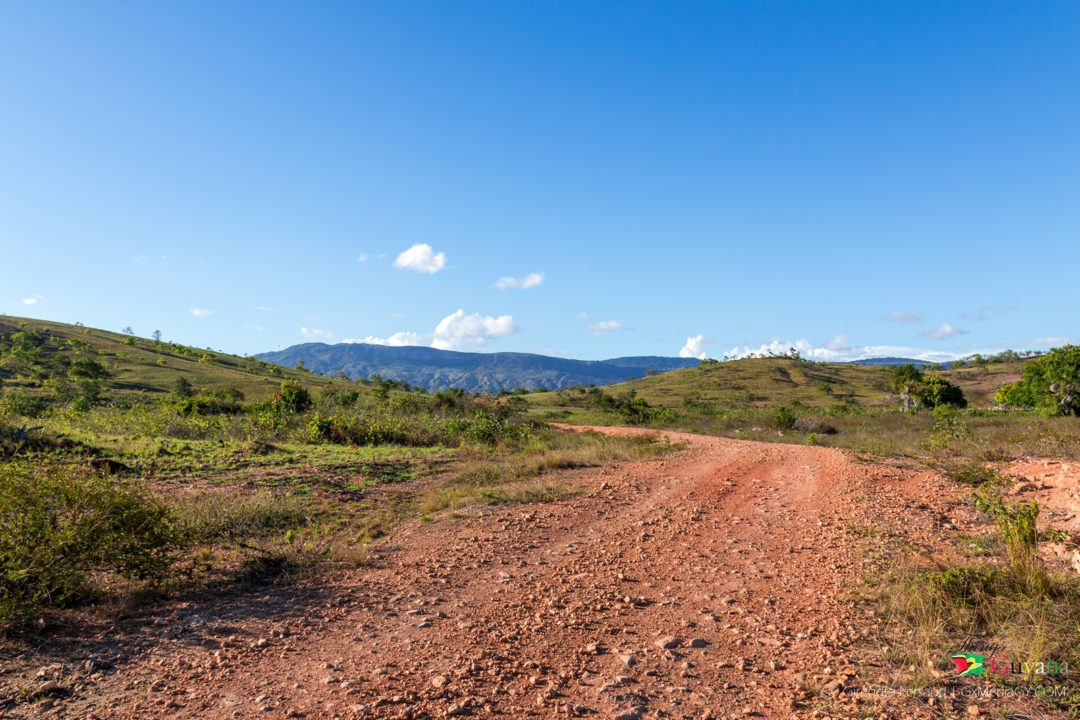
Trail leading into Yurong Paru
You can fly to Yurong Paru village in a small aircraft or you can go to the village by land. By land, is via a trail from Karasabai that passes through Tipuru and Rukumuta. In the dry season the trip can take about 6 hours but in the wet seasons it can take much longer (days if at all). The trail runs through some very steep hills (including Kaieteur Hill) and it can be challenging even for the most experienced drivers.
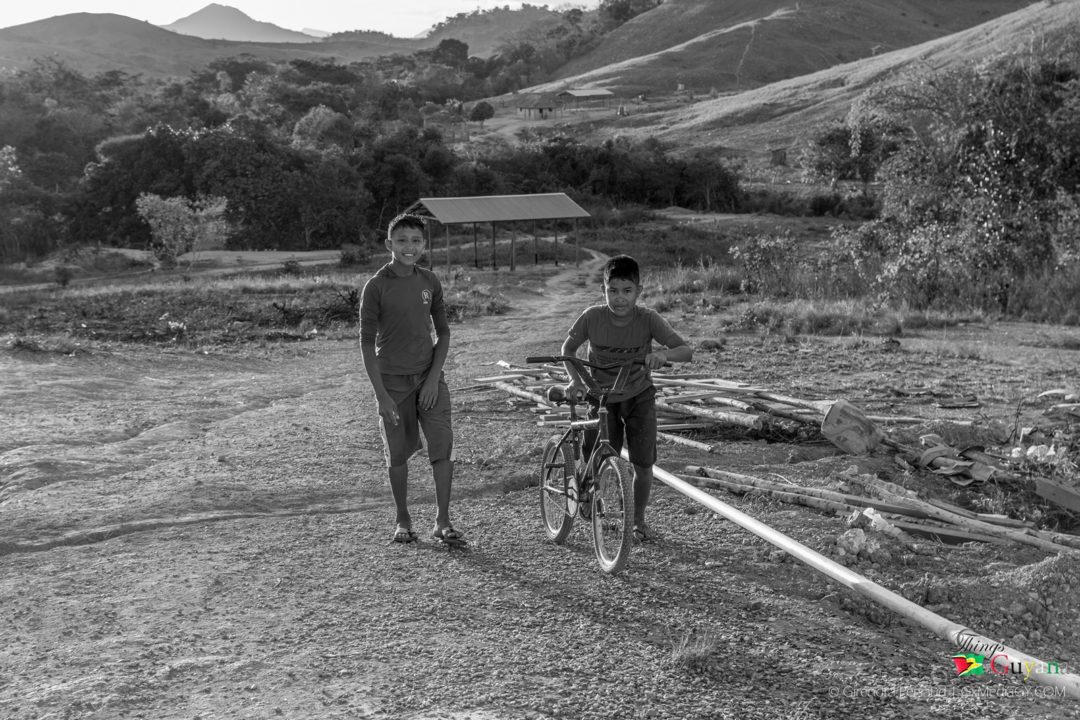
Boys in the Village
In addition, the trail through the Yurong Paru forest sometimes becomes impassable for SUVs and trucks during the wet season. Tractors and ATVs are the only form of transportation on the trail through the forest in the wet season.
You can read here to find out how to get to Karasabai: https://www.thingsguyana.com/discover-karasabai-things-you-need-to-know/
Modes of transportation in the village
Residents mostly walk, while some use bicycles, motorbikes, tractors and ATVs to move about in the village and to travel to the other sub-communities.
Economic Activities
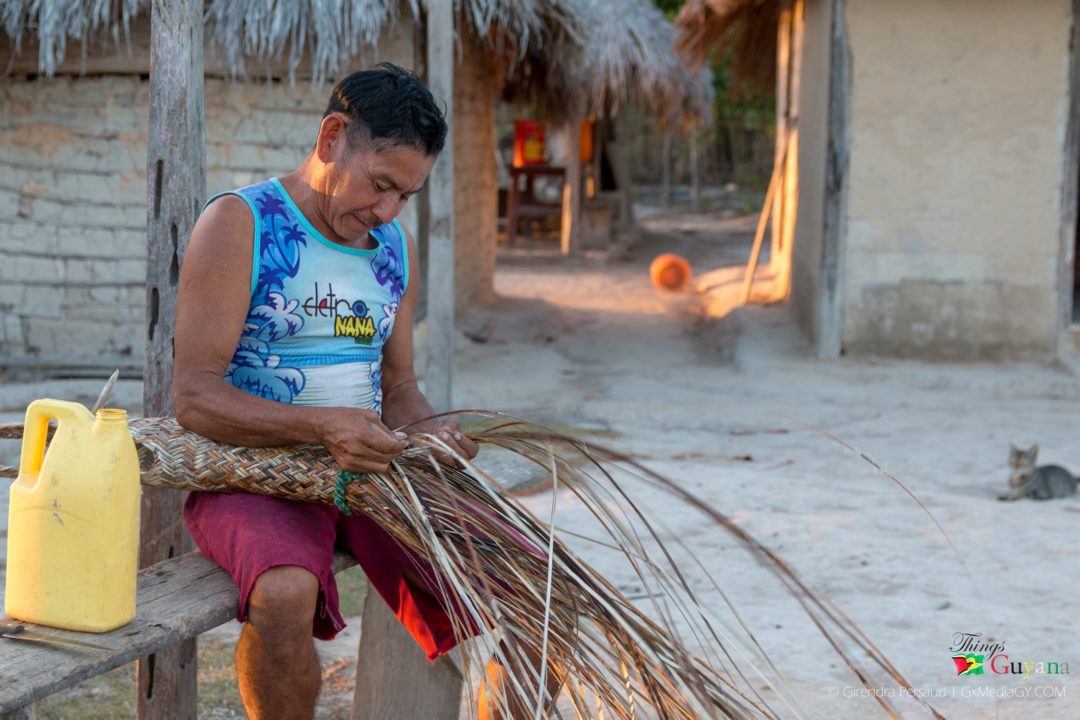
Amerindian Man Making a Matapee
The soil in the area is of clay-type and fertile for the production of cassava, citrus and other fruits and vegetables. Subsistence farming and livestock rearing are currently the major economic activities in the village. Markets for farm produce are usually sought from within the village as well as from Brazil.
Social Groups
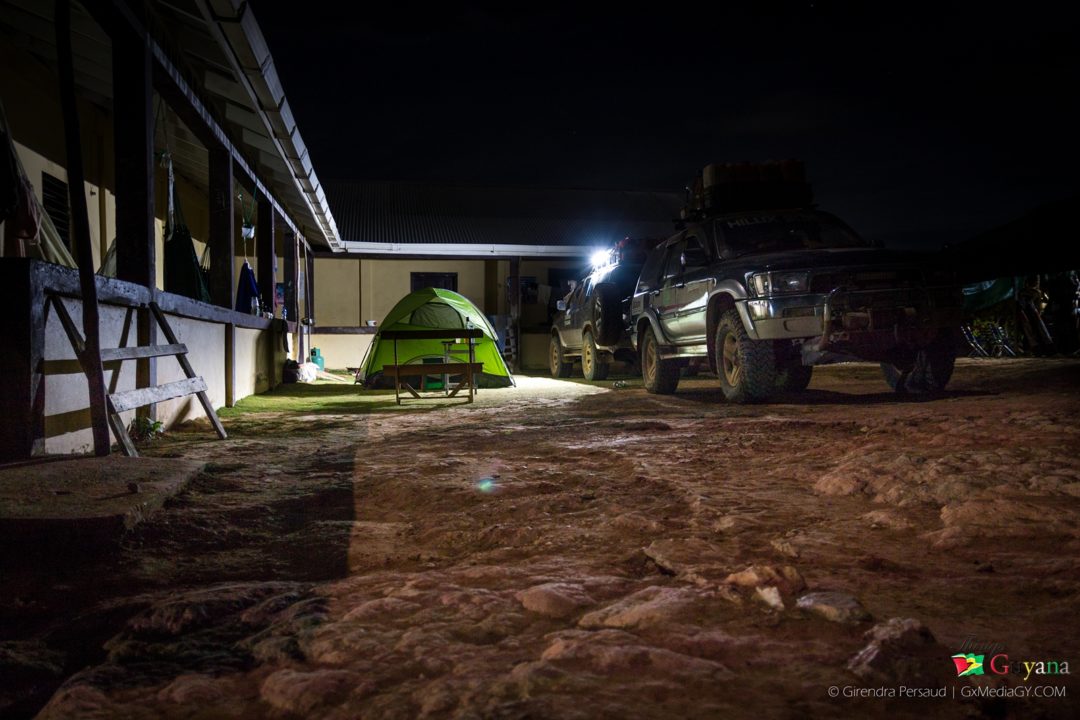
My Camp in Yurong Paru
Yurong Paru has a women’s group, a sports club and a church group. These small communities provide greater opportunities for group related projects.
Accommodations
Accommodation in these parts is very basic, hammock huts and benabs are available. Be sure to walk with your camping gears if you plan to stay here.
Major Attractions
The village is a perfect place to camp and relax with nature. Fishing, birding and hunting are also possible in the area. At Christmas each year there is a feast and ‘foho’ party to celebrate the season. Other major village celebrations coincide with our national holidays and public events like Mashramani, Emancipation Day etc. At these celebrations, villagers will bring out their best food, drink and crafts to share with visitors and others from the community.
At the time of our visit in March 2018, there was a celebration party for the carpenters who were working on the newly built Nursery School. The villagers gathered with food, music and dance to show their appreciation.
Photo Gallery
- Trail leading into Yurong Paru
- Yurong Paru
- The landscape around Yurong Paru
- A Home in Yurong Paru
- Home in Yurong Paru
- My Camp in Yurong Paru
- Sunset in Yurong Paru
- Sundown in Yurong Paru
- The Cross on the hill
- Sunset in Yurong Paru
- Amerindian Man Making a Matapee
- Boys in the Village
- The landscape around Yurong Paru
- The landscape around Yurong Paru
- The landscape around Yurong Paru
- The landscape around Yurong Paru
- The Community Shop
- The Village Center
- Home in Yurong Paru
- The Village Center
- The landscape around Yurong Paru
- The landscape around Yurong Paru
- Home in Yurong Paru
- Home in Yurong Paru
- Mr. Francis
- children in Yurong Paru
- Homes in Yurong Paru
- The Church in Yurong Paru
Resources:
- You can purchase and download these images in high-quality at http://girendrapersaud.zenfolio.com/p916260089
- Yurong Paru Village Profile: https://moipa.gov.gy/indigenous-villages/yurong-paru/

